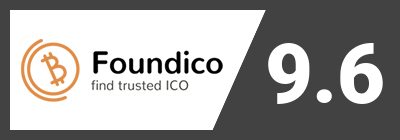Textual format
An HTML file is a set of static data with minimum markup. The textual format of pages ensures their minimum size (average page is less than 20kb), easy compression and fast encryption. Pages can be transferred at a high rate even over a slow connection.




